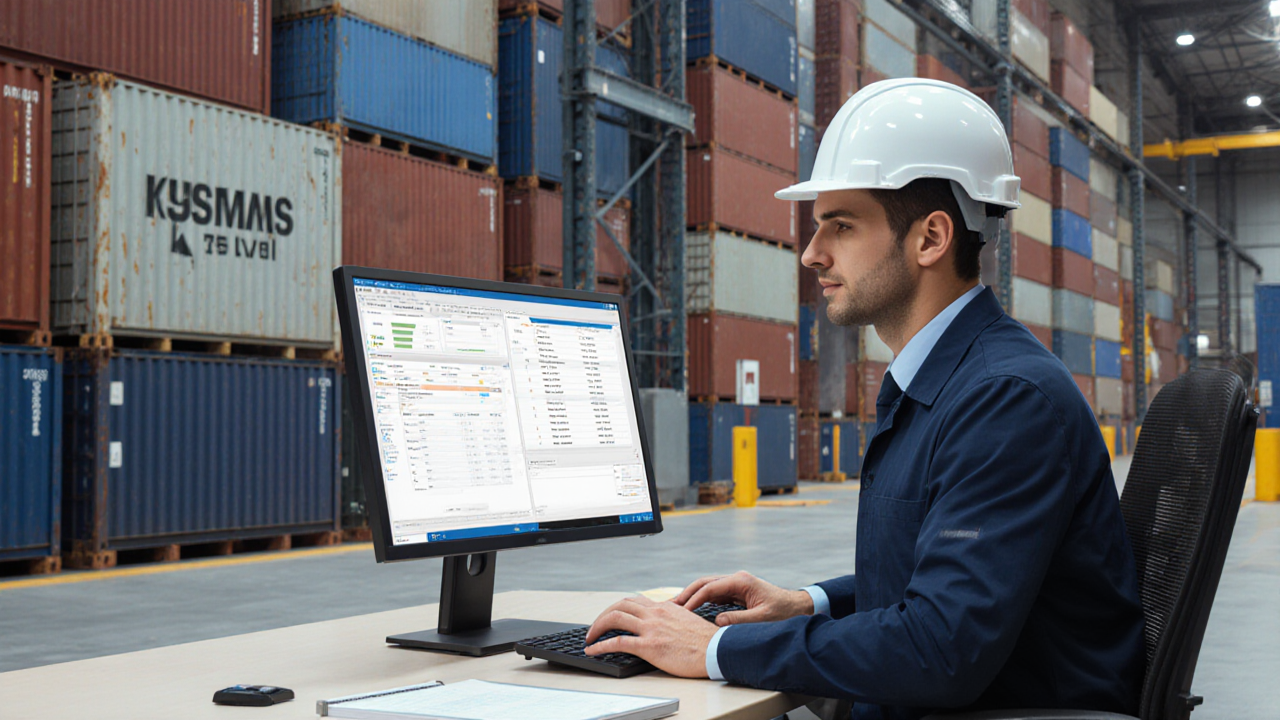
Why AI Matters for Trade Compliance
In today’s global marketplace, importers face a relentless barrage of tariff changes and intricate customs regulations. Keeping pace with these evolving requirements while ensuring accurate duty calculations demands more than manual diligence; it requires a system that can process vast amounts of data in real time. Artificial intelligence now offers a way to streamline this complex task, allowing supply‑chain leaders to maintain compliance without sacrificing operational agility.
The Shift to AI‑Assisted Classification
Traditionally, classifying goods under the Harmonized Tariff Schedule (HTS) was a labor‑intensive process that relied heavily on human expertise. Modern solutions embed AI directly into the customs entry workflow, leveraging large language models trained on public trade data, licensed datasets, and proprietary information. This integration delivers instant recommendations for the correct 10‑digit HTS code, dramatically reducing the cognitive load on compliance teams.
The Critical Role of the HTS
The HTS assigns a unique identifier to every product entering the United States, enabling accurate duty calculation, quota enforcement, and regulatory compliance. A single misclassification can trigger substantial fines and invite future scrutiny from customs authorities. Therefore, precision in code assignment is not merely a best practice—it is a regulatory imperative.
Human Oversight and Transparency
While AI accelerates decision‑making, it does not replace human judgment. Advanced systems provide source references, regulatory citations, and supporting documentation alongside each recommendation. By supplementing AI output with searchable customs rulings, HS explanatory notes, and real‑time updates, the process remains fully transparent and under human control, mitigating the “black box” concerns that often accompany machine learning applications.
Efficiency Gains that Translate to Cost Savings
Adopting AI‑assisted classification can slash the time required for HTS research by 90%. This reduction eliminates the need for additional hires during peak periods and frees seasoned compliance professionals to tackle higher‑value activities such as strategic trade planning and risk mitigation. The resulting operational savings are immediately felt across the supply chain, from reduced labor costs to faster clearance times.
Accuracy that Meets Regulatory Demands
The same AI systems maintain nearly 100% classification accuracy by continuously ingesting the latest tariff updates, antidumping notices, and countervailing duty adjustments. For trade professionals navigating a constantly shifting regulatory landscape, having access to the most current data is essential to avoid costly penalties and maintain a trustworthy relationship with customs authorities.
A Seamless Workflow from Request to Clearance
The typical process begins with a request for HTS classification. The AI engine returns a recommendation, which is then reviewed and validated by a customs broker. Once approved, the classification is submitted to customs authorities, completing the cycle. This streamlined flow ensures that compliance checks are both rapid and reliable.
Scalability Across the Supply Chain
Although originally designed for logistics service providers, AI‑powered classification tools are adaptable to any business engaged in global trade—whether a small importer, a mid‑size retailer, or a multinational manufacturer. The modular nature of the technology allows it to be integrated into existing systems without disrupting current operations.
Beyond Classification: A Suite of Regulatory Solutions
Modern AI platforms extend their reach beyond HTS coding to encompass export control screening, tax classification, and the automation of trade documentation. By consolidating these functions into a single, data‑driven interface, organizations can achieve a unified view of compliance risk across the entire import‑export lifecycle.
Strategic Implications for Supply‑Chain Leaders
The convergence of AI and human expertise represents a new paradigm for operational excellence. Leaders who adopt hybrid decision‑making frameworks position themselves to respond swiftly to tariff changes, reduce compliance risk, and free up resources for strategic initiatives such as sustainability projects or network optimization. Moreover, the data insights generated by these systems support continuous improvement, enabling firms to benchmark performance against industry standards and identify areas for further efficiency gains.
Recommendations for Execution
To realize these benefits, supply‑chain executives should prioritize the following actions: first, embed AI tools within existing customs processing workflows to avoid costly system overhauls; second, invest in high‑quality data feeds that keep the AI model current; third, maintain a robust human oversight layer that can audit and validate AI outputs; and finally, cultivate a culture of continuous learning where compliance teams regularly review AI performance metrics and refine their processes accordingly.
Looking Ahead
As global trade becomes increasingly digitized, the demand for accurate, real‑time customs classification will only grow. Organizations that embrace AI‑driven solutions now will not only safeguard compliance but also unlock new efficiencies that translate into competitive advantage. The future of trade compliance lies in the seamless partnership between machine intelligence and seasoned human expertise, a partnership that delivers speed, accuracy, and strategic insight across the entire supply chain.
Loading comments...